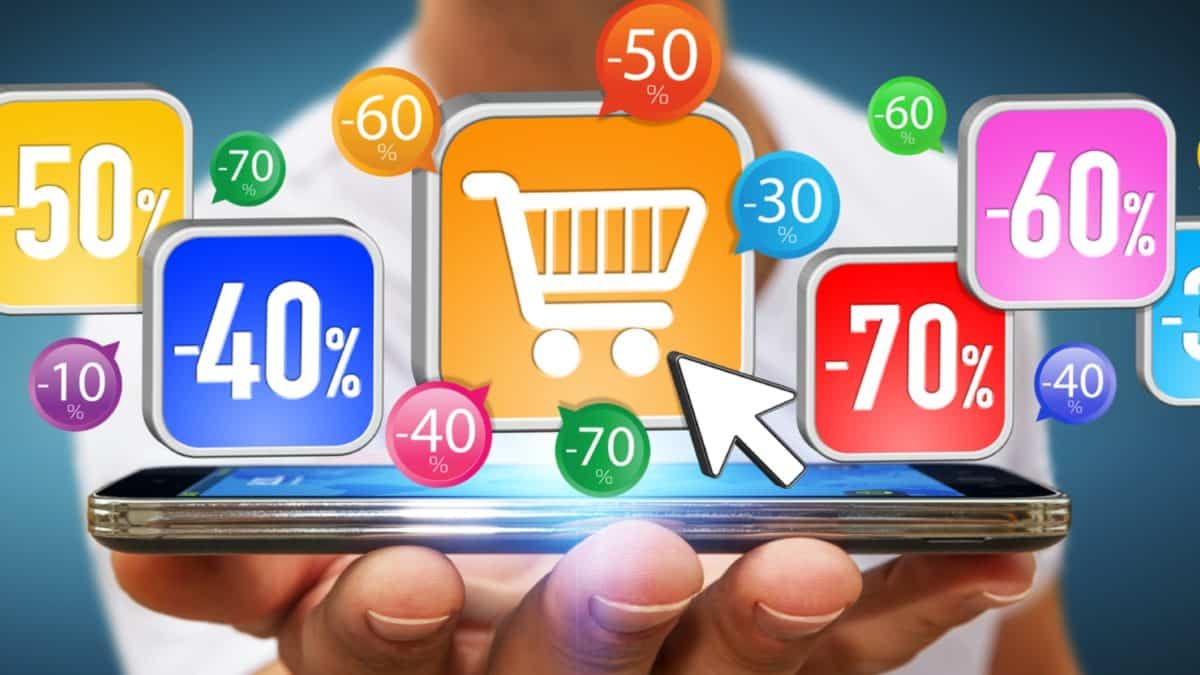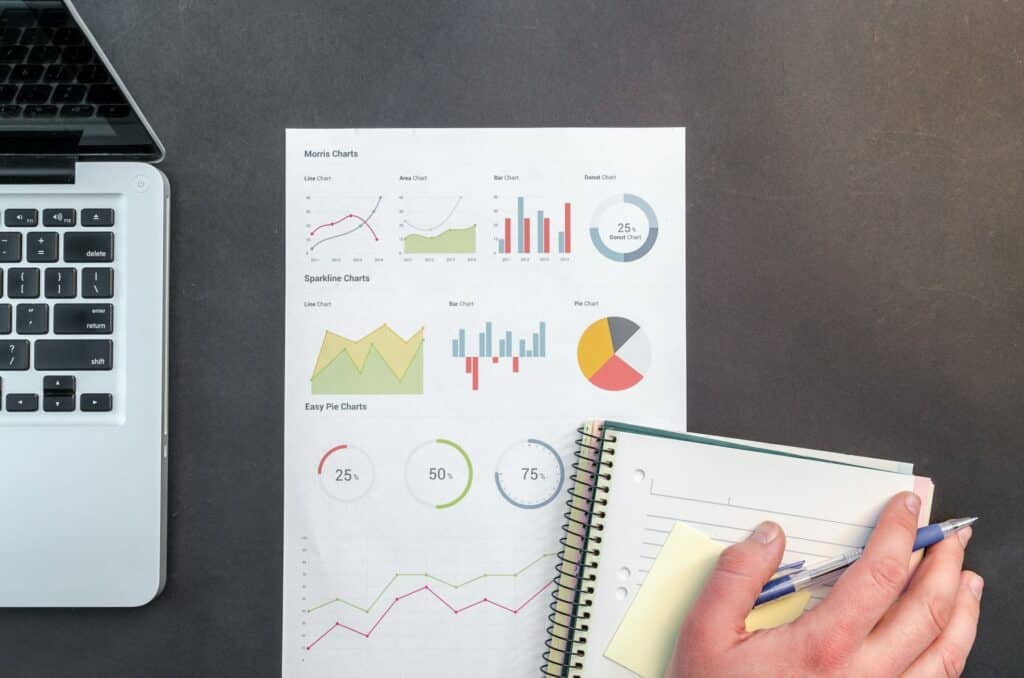
How Trade Promotions Advanced Analytics Can Drive Up Profits in FMCG 📈
Trade promotions are a great way for consumer-packaged goods or CPG companies to grow. However, statistics show that though companies invest 20% of their revenue in these promotions, 59% lost money. This is the direct result of improper utilisation of analytics. Results show that when done well, CPG promotions can yield five-fold returns. With the right know-how, you can learn to maximise profits. We’ll teach you 5 key methods that can help you do just that.
>Download Now: Free PDF Digital Transformation
How Trade Promotions Can Bring Huge Opportunities to CPG Manufacturers
According to research, customers have innately wavering loyalty for most consumer product categories. However, many manufacturers use conservative promotion programs that target old customers. This yields negligible returns and at most, short-term sales increases.
Promotions should be targeting new customers instead, especially now that traditional mediums like grocery stores are on a downturn. Consumers are beginning to favour e-commerce channels and other new platforms. They also have a new interest in health and awareness about sustainable practices.
This can sound like bad news, but there is a wealth of untapped potential in these developments. Through the use of advanced analytics, CPG manufacturers can gain specific and granular insights into the way consumers behave and how they should be targeting them.
What are trade promotions?
Trade promotions are marketing activities and strategies focused on stimulating demand and increasing sales within the distribution channel. They are specifically targeted at wholesalers, retailers, and other intermediaries, rather than end consumers. These promotions often involve offering discounts, incentives, or other promotional deals to encourage retailers and distributors to promote and sell the products to their customers.
The primary objective of trade promotions is to foster stronger relationships between manufacturers and intermediaries, encouraging them to actively promote and support the products in their respective markets. By providing incentives and discounts, manufacturers aim to secure better product placement and shelf space, leading to increased visibility and sales.
Trade promotions play a crucial role in optimising product distribution, managing inventory levels, and establishing fruitful partnerships within the supply chain. They are essential tools for manufacturers to effectively collaborate with intermediaries, driving sales growth and enhancing overall market presence. Let’s examine the mechanics of trade promotions through a practical example involving a consumer packaged goods company.
How do trade promotions work?
In a consumer packaged goods company, let’s consider a scenario where they introduce a new line of healthy snacks. To promote these snacks effectively, the company collaborates with a prominent grocery store chain. They offer the retailer a trade promotion deal, providing a significant upfront discount on the purchase of a large quantity of the new snacks.
As a result of the trade promotion, the grocery store chain places healthy snacks prominently on their shelves, and they run special in-store displays to attract shoppers’ attention. Additionally, the company runs a joint marketing campaign with the retailer, featuring the snacks in their weekly flyers and digital promotions. The combined efforts drive increased foot traffic and sales to the grocery store, leading to a successful promotion of the new product line. The trade promotion benefits both the consumer packaged goods company and the retailer, as they achieve higher sales volumes and strengthen their partnership.
Types and examples of trade promotions include:
- In-store displays
- Temporary price reductions, such as sales or promos
- Coupons, vouchers, or rebates
- Contests, raffles, or giveaways
- Samples and freebies
- Bundles
- Rebates
However, it’s important to keep in mind that this differs from a trade-oriented promotion, which is oriented towards B2B companies or dealers/suppliers within a company network.
When done properly, trade promotions can add up to 15% to your bottom line. Furthermore, promotions introduce your products to your customers and can entice them to buy products they would not normally buy in order to better cater to consumers. Therefore, it also makes cross-selling and up-selling products simpler.
What is the significance of trade promotions in business?
The significance of trade promotions in business is multi-faceted and plays a pivotal role in driving sales and fostering business growth. Firstly, trade promotions create strong partnerships with wholesalers, retailers, and distributors, incentivising them to actively promote and sell products. This boosts product visibility and market presence, ultimately leading to increased sales and market share.
Secondly, trade promotions help manufacturers effectively manage their inventory levels. By offering incentives and discounts, they can clear excess stock and introduce new products successfully into the market. This optimises supply chain efficiency and ensures a steady flow of products to meet consumer demand.
Lastly, trade promotions provide valuable insights into consumer behaviour and market trends. The data and feedback gathered from these promotions allow businesses to refine their marketing strategies and tailor their product offerings to better align with customer preferences, resulting in more targeted and effective campaigns. Ultimately, trade promotions contribute to the overall success and competitiveness of businesses in the dynamic and competitive marketplace.
Why is it important to optimise their trade promotions?
Optimising trade promotions is crucial for businesses for several reasons. Firstly, efficient trade promotions help in maximising return on investment (ROI). By carefully planning and targeting promotions, businesses can ensure that they are allocating resources effectively to generate the highest possible sales and revenue.
Furthermore, optimised trade promotions contribute to building strong relationships with distributors and retailers. When businesses offer valuable incentives and support, intermediaries are more likely to actively promote and sell their products, leading to increased product visibility and market penetration.
Effective trade promotions also allow businesses to better understand customer preferences and market dynamics. By analysing data from promotions, companies can gain valuable insights into consumer behaviour, enabling them to refine their marketing strategies and tailor their offerings to meet customer needs more effectively. This data-driven approach leads to improved decision-making and a competitive advantage in the market. Overall, optimising trade promotions is a key factor in achieving business success and maintaining a strong market position.
Using Analytics To Optimise Trade Promotions
Analytics has advanced to the point where they can give enough insight to tailor-fit promotions to a company’s target audience. In recent years, CPG manufacturers have begun using analytics and data to optimise their promotional campaigns.
We’ll be discussing the key methods you can use to leverage analytics to your business’s advantage.

Maximise Household Penetration and Long-Term Impact
Household penetration refers to the number of households your product reaches in a given market in a specific year. Rather than simply measuring the return of investment or ROI, findings show it’s more profitable to focus on bringing in new customers.
This way, consumer stockpiling does not interfere with the metrics, and sales are viewed as how many individuals buy, rather than how much one individual buys. Global powerhouses like Maybelline or Tsing Tao beer have higher penetration rates than their top 20 leading brand competition.
By looking at a broader set of data rather than narrowing your focus to a niche area of marketing, profitability and penetration rates can be significantly increased. The key to maximising output in this regard is planning for the long run. Think five to ten years, rather than one year. This way your company can break down what really drives the impact of your product.
Build an Analytics Platform To Maximise Insights
Successful companies seek to maximise their data sources. This can mean adding a third party like Nielsen or IRI (Information Reuse and Integration) who can help unify diverse information using innovative strategies and algorithms. This also includes internal sell-in pricing data, financials, and external data sets, among many others.
Third-party-owned data can provide a more granular view of consumer behaviour, giving you better insight. Retailers are also realising that by sharing information and data sources with each other, they can increase operational margins by up to 60%.
CPG companies can use an extract transfer load or ETL system to migrate data into one condensed format. Analysing this dataset efficiently can yield valuable insights to create better target promotions.
Read about how to create a good pricing structure
Utilise Research And Simulations
Build a platform of relevant data. Consumers can be segmented through advanced analytics, separating them by an assortment of demographics, behaviours, and preferences. Companies will be able to understand how many regular customers they have versus how many new or infrequent customers there are, given a specific period of time or in response to a promotional tactic.
Additionally, besides historical data, companies can run simulations or pricing research. Simulations can be used to estimate the impact of various promotional tactics on potential household penetration benefits. This way, companies can understand how to trade promotions impact their target market. Pricing research can help companies evaluate consumers’ responses with controlled experiments or through surveys.
Create Action Plans
After analysing these insights, CPG companies can design action plans that serve as guiding principles. These serve to track responses to trade promotions, and household penetration, and help balance these against other innate values like driving sales and growing profits.
Guiding principles can also allow companies to evaluate insights within select markets or target demographics. If a principle is validated on a small scale, it can be rolled out on a broader scale for future cycles. In other words, rather than losing revenue blindly rolling out new marketing tactics, smaller-scale rollouts combined with advanced analytics can save time and money.
Build Systems To Maximise Efficiency
The job doesn’t end after campaigns are rolled out. Perfecting execution is key to optimising the full potential of your analytics. Hence, you have to build detailed calendars to manage promotions, evaluate metrics, and do quality control for relevant functions such as sales or backend operations.
Find any bottlenecks or hindrances to efficiency and build competent teams that are able to address these issues innovatively. Promotions teams should also work closely with revenue-growth managers or centres. These teams can plan and develop playbooks or company bibles with updated progress incentives.
Read about the FMCG pricing strategy to double pricing power
〉〉〉 Get Your FREE Pricing Audit 〉〉〉
Bottomline
In conclusion, using data effectively requires CPG companies to build competent teams with versatile skills. Using business and advanced analytics alongside a good technical infrastructure can give businesses unique levels of understanding and insights. In the long run, sales and growth can be boosted.
For a comprehensive view of maximising growth in your company, Download a complimentary whitepaper on Digital Transformation.
Are you a business in needs of help to align your pricing strategy, people and operations to deliver an immediate impact on profit?
If so, please call (+61) 2 9000 1115.
You can also email us at team@taylorwells.com.au if you have any further questions.
Make your pricing world class!
Related Posts
Leave a Reply Cancel reply
Categories
- marketing strategy (26)
- Organisational Design (14)
- Podcast (114)
- Pricing Capability (87)
- Pricing Career Advice (10)
- Pricing Recruitment (19)
- Pricing Strategy (289)
- Pricing Team Skills (13)
- Pricing Teams & Culture (24)
- Pricing Transformation (47)
- Revenue Model (25)
- Sales Effectiveness (27)
- Talent Management (7)
- Technical Pricing Skills (35)






